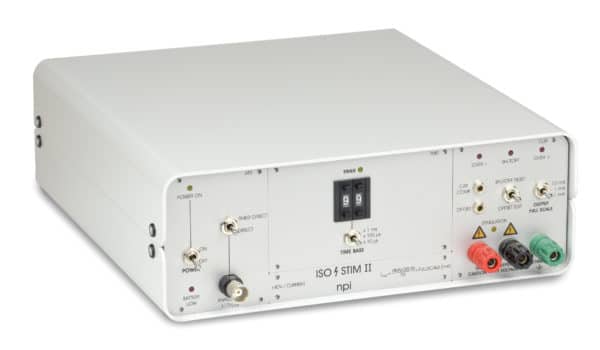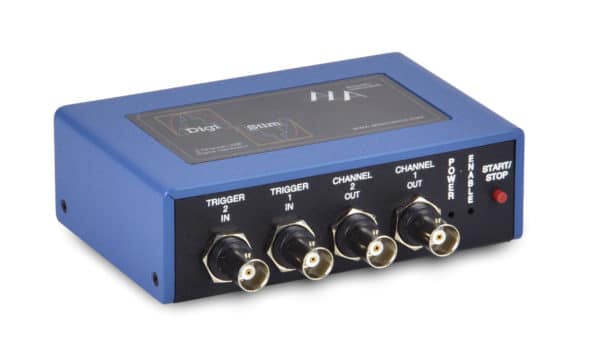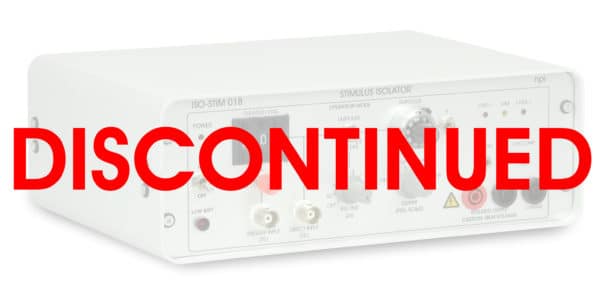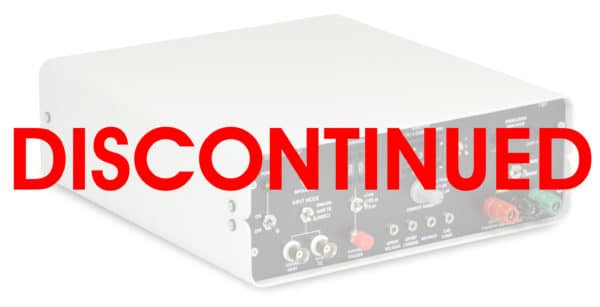We provide stimulus isolators for all applications:





The ISO-STIM-II in FULL configuration has four modes of operation:
A stimulus isolator is an electronic device that allows the application of an isolated high voltage pulse to cells or tissues.
The high voltage output signal of the stimulus isolator is not related to ground, i.e. it is floating.
A stimulus isolator translates a digital or analog input signal (from a data acquisition system or signal generator) into an isolated high-voltage output signal.
Main application of a stimulus isolator is the excitation of a population of neurons to investigate the evoked responses.
Simple stimulus isolators have limited features. There are current-only versions or voltage-only versions, both with unipolar outputs.
The ISO-STIM II from npi can have current and voltage output, both as bipolar (±100 V). It can work in a TTL triggered mode where amplitude and duration is pre-set at the device. In the DIRECT mode, an analog input signal is translated into an amplified and isolated output voltage or current signal.
If you already know, whether you need voltage or current and how your stimulus signal has to look like, you can choose the stimulus isolator accordingly. If you need to be more flexible, choose the ISO-STIM II with CURPOT option and FULL control options, to have all
Stimulus isolators are used for in vivo experiments as well as in vitro experiments.
When using current output, the maximum current is limited by the electrode’s impedance and the maximum output voltage according to Ohm’s law: for 10 mA output current the maximum electrode impedance is 10 kOhm. Higher impedances will lead to lower currents.
A stimulus isolator can receive TTL inputs or analog input signals and can be easily connected to the data acquisition system of an existing electrophysiology setup.

Our dedicated team has years of industry and laboratory experience.
From complex technical challenges to tailored product recommendations,
our application scientists are ready to support your needs with hands-on expertise.